Preventative Botox: Procedure, Cost, And How It Works
Know everything about this facial injection that helps tackle deepening lines.

Image: Shutterstock
Botulinum toxin helps you minimize the appearance of fine lines and wrinkles. However, if you do not want to wait for the lines to deepen, you must go for preventative botox. It is an extremely popular procedure among young adults, especially those in their mid-20s with expressive faces. This article answers the common questions associated with preventative botox treatments. Read on to know about its benefits, safety issues, and cost.
In This Article
What Is Preventative Botox?
Preventative botox is a facial injection that prevents fine lines from developing into deep wrinkles. It is a non-invasive aesthetic procedure preferred by the youth to control wrinkle formation during the initial stage – when they are faint fine lines. Botox does not permanently remove wrinkles and fine lines but softens them for a while. In the following sections, we have answered common questions related to preventative botox.
Key Takeaways
- Preventative botox is a non-invasive procedure where botox is injected into the hyperactive muscles to prevent fine lines from becoming deeper, more permanent wrinkles.
- Cost of a session depends on multiple factors, and it improves the appearance of crow’s feet, glabellar frown lines, and wrinkles around the mouth and neck.
- It is recommended that you don’t touch your face after the procedure and wait for 24 hours before resuming strenuous physical activity and exposure to the sun.
- Lack of proper administration of botox can lead to side effects such as swelling, bleeding, drooping eyelids, and headache.
How Does Preventative Botox Work?
Botulinum toxin is a neuromodulator that blocks nerve signals to reduce muscle activity. When injected, the toxin blocks certain nerve signals that contract the muscles. As a result, the muscles are paralyzed temporarily, smoothening the folds and wrinkles (1). When botox is injected into a hyperactive muscle before visible wrinkle formation, it prevents excessive muscle movement in the injected area. This prevents new wrinkles as well as keeps existing ones from deepening further.
 Trivia
TriviaWhen To Start Preventative Botox?
The mid to late 20s and early 30s are the best age to go for preventative botox. This is the time when the skin starts showing signs of aging. You may notice frown lines and wrinkles around your eyes, near the mouth, between your eyebrows, or on your forehead. However, consult a dermatologist before opting for preventative botox. Get yourself thoroughly evaluated and get it done only by an experienced dermatologist.
What To Expect From Your First Session?
After the first session, you may notice
- Mild redness
- Tiny bumps at the injection site
However, they are temporary and disappear within 20-30 minutes. Visible changes can be seen only after 4 to 7 days as the toxin takes some time to relax the muscles. You can see the maximum effect after the first week, and the results may last for 4 to 5 months (may vary from person to person) (1). Repeated sessions every 4 to 6 months may help in keeping the hyperactive muscles relaxed, thereby preventing development of deeper and permanent lines.
Things To Know Before Your Treatment
Preventative botox cannot help with all types of wrinkles. It works only for improving (2):
- Crow’s feet (smile lines on the outer corners of the eyes)
- Glabellar frown lines (lines between the eyebrows)
- Horizontal forehead lines
- Fine lines around the mouth, chin, and neck
- Broadened face due to hyperactive jaw muscles
It may also help lift your eyebrows and improve overall skin quality. Botox can also improve the appearance of the jawline and raise the angles of the mouth. However, these areas have a greater risk of deformities like uneven jawline and crooked smile. Always consult an experienced dermatologist who is skilled in facial anatomy.
There is no standard dose. The dermatologist may administer the doses as per the depth of the wrinkles or the area you want to cover (1).
Preventative Botox: Pre and Post Treatment Care
Before Treatment:
- Avoid blood thinners, anti-inflammatory medicines, green tea, multivitamins, or fish oil capsules at least 7 days before the treatment to reduce swelling or bruising after botox.
- Consume a healthy and nourishing breakfast before your session.
- Drink enough water to reduce the chances of lightheadedness during botox.
- Avoid alcohol for 24 hours before botox as it increases the chances of bruising.
Do not undergo the treatment if you have a cold sore or active acne breakouts.
After Treatment:
- Wait at least 24 hours before resuming strenuous physical activity or exercises. It may increase blood flow and spread the toxin to unintended areas.
- Do not lie down or bend forward or backward for at least 4 to 6 hours after the injections to prevent diffusion of the toxin to unwanted areas. Sit in an upright position.
- Do not touch your face or the injected area. It may cause bruising and spread the toxin.
- Avoid facial treatments, skin care routines, and makeup for 24 hours.
- Do not lie down immediately after the session to avoid the chances of accidentally rubbing the area.
- Avoid sleeping on your face or sides to avoid physical pressure.
- Avoid painkillers and alcohol for 24 hours after your session.
- Avoid sun exposure for at least 4 hours after the treatment. Avoid any heat exposure for 24-48 hours.
 Did You Know?
Did You Know?How Much Does It Cost?
The cost may vary depending on factors like location, clinic, area of face covered, number of botox units required, and the doctor’s expertise.
If you are wondering about the safety of botox treatments, we have discussed that in the following section.
Are There Any Side Effects Of Preventative Botox?
Botox is FDA-approved, relatively safe, and does not cause any long-term adverse effects (1). However, if not administered properly and if you do not follow proper pre and post-session caution, it may cause several temporary side effects like (3), (4):
- Swelling
- Redness
- Headache
- Drooping eyelids
- Red or purple discoloration
Avoid botox altogether if you:
- Have conditions like myasthenia gravis, amyotrophic lateral sclerosis, multiple sclerosis, and Eaton Lambert syndrome
- Are pregnant and breastfeeding
- Have focal and systemic infections
- Are hypersensitive or allergic to botox
- Have undergone lower eyelid surgery (1)
If you notice any other symptoms like vision change, difficulty in speaking, breathing, or swallowing, consult a doctor immediately.
Preventive botox is a non-invasive aesthetic procedure popular among youngsters. It is your answer to the ‘how to get rid of frown lines’ question. However, there is more to it; hence, always keep your options open. Preventive botox helps in preventing formation of wrinkles and fine lines during the initial stage. Though these lines do not disappear, the procedure aims to ’prevent’ these lines from developing into deeper, coarser wrinkles. Always consult an experienced dermatologist to know more about the procedure and understand its risks.
Frequently Asked Questions
Is preventative Botox a hoax?
Preventive Botox is not a hoax as many studies support using Botox to prevent many skin issues (2). However, only regular Botox is an FDA-approved anti-aging treatment, but preventative Botox is not. If you are looking for something specific for the aging issue. You can also check out more anti-aging treatments, such as dermal fillers, Microdermabrasion, per your convenience and cost.
Is Botox worth it in your 30s?
Yes, your 30s are an excellent time to consider Botox to prevent deep wrinkles and fine lines.
Is 50 too late for Botox?
No, 50 is not too late for Botox. There is no upper age limit for getting Botox to reduce wrinkles and fine lines.
What causes chipmunk cheeks after Botox?
An incorrect injection can cause chipmunk cheeks after Botox.
Understand in details about the concept of preventative Botox from the video below. Press play to realise its necessity, potential benefits, and the considerations and choices involved when opting for this cosmetic procedure to maintain youthful-looking skin.
References
Articles on StyleCraze are backed by verified information from peer-reviewed and academic research papers, reputed organizations, research institutions, and medical associations to ensure accuracy and relevance. Read our editorial policy to learn more.
- Botulinum toxin (Botox) A for reducing the appearance of facial wrinkles: a literature review of clinical use and pharmacological aspect
https://www.ncbi.nlm.nih.gov/labs/pmc/articles/PMC6489637/ - “Preventive” Cumulative Effects of Botulinum Toxin Type A in Facial Aesthetics
https://pubmed.ncbi.nlm.nih.gov/33065950/ - A review of minimally invasive cosmetic procedures
https://pubmed.ncbi.nlm.nih.gov/18823403/ - International consensus recommendations on the aesthetic usage of botulinum toxin type A (Speywood Unit)–Part II: “Wrinkles on the middle and lower face” neck and chest
https://pubmed.ncbi.nlm.nih.gov/20569284/
Read full bio of Dr. Saloni Vora-Gala
Read full bio of Swathi E
Read full bio of Eshna Das
Read full bio of Monomita Chakraborty






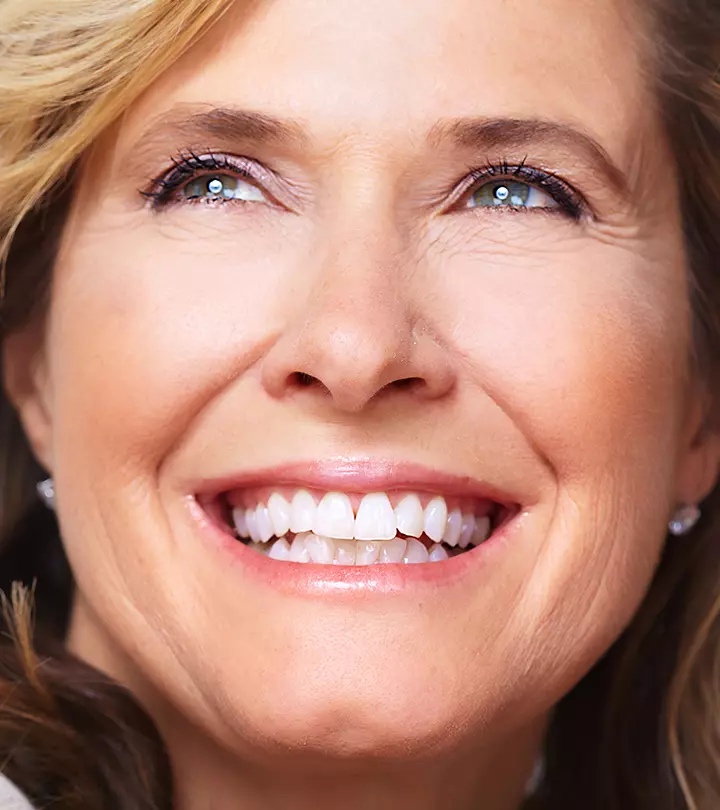
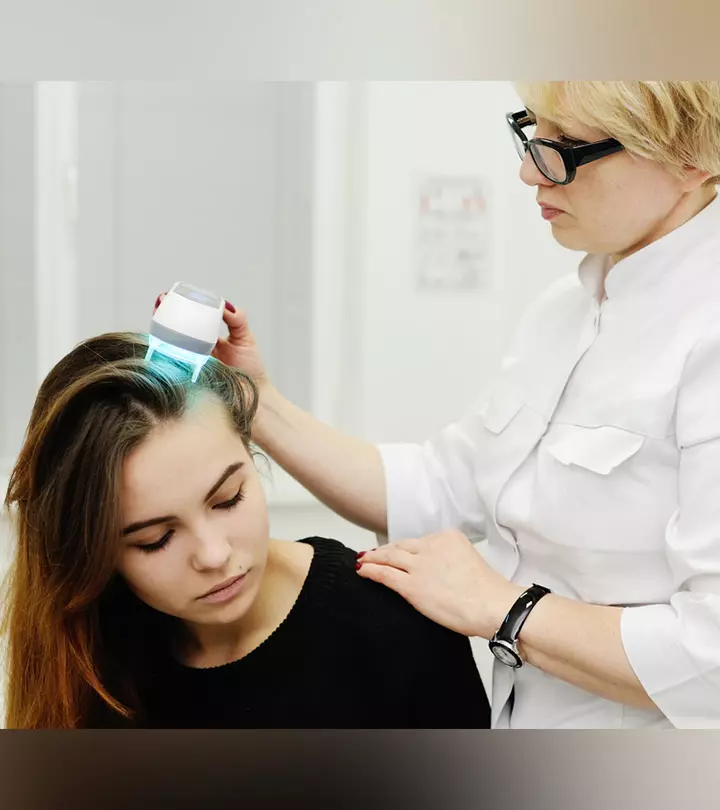
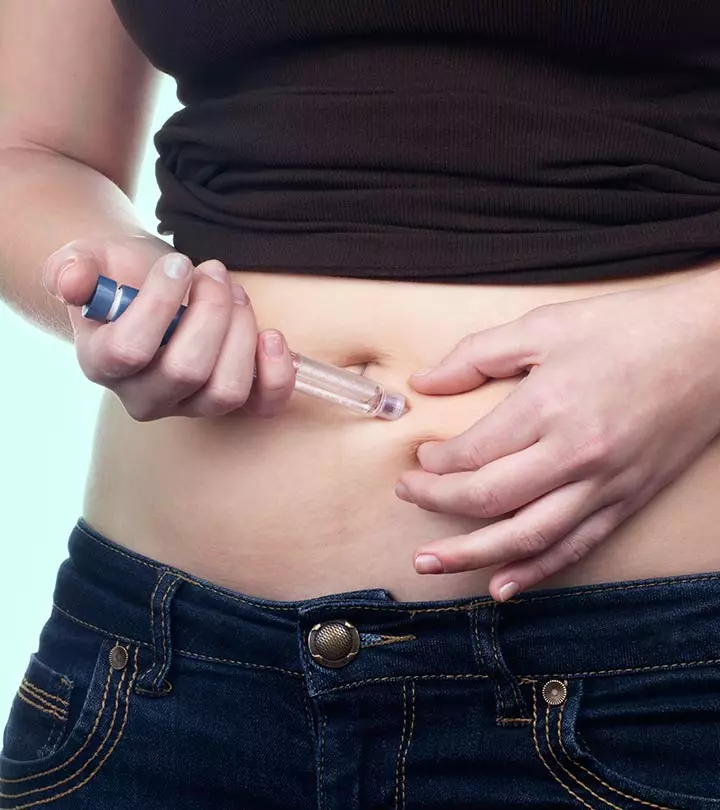
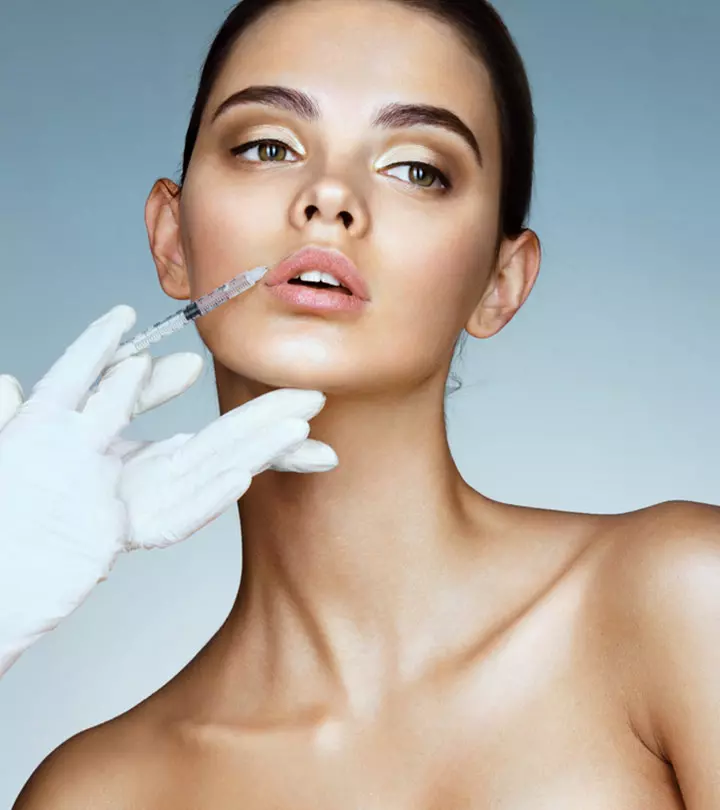
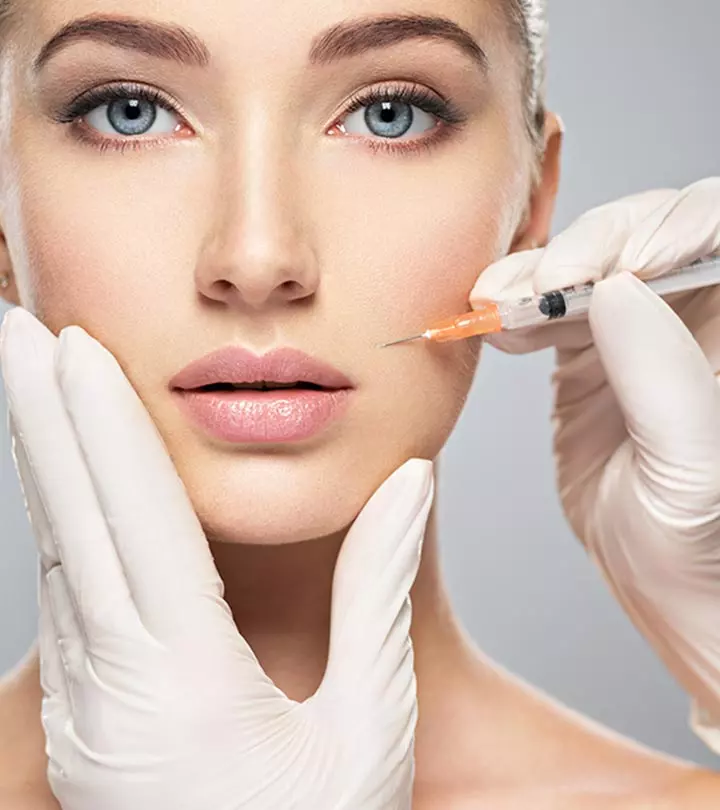
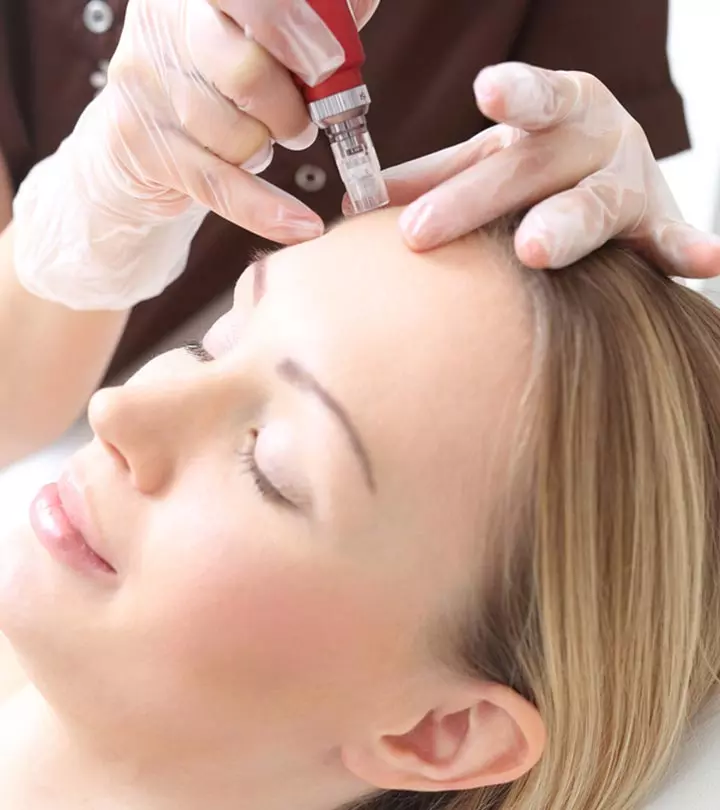


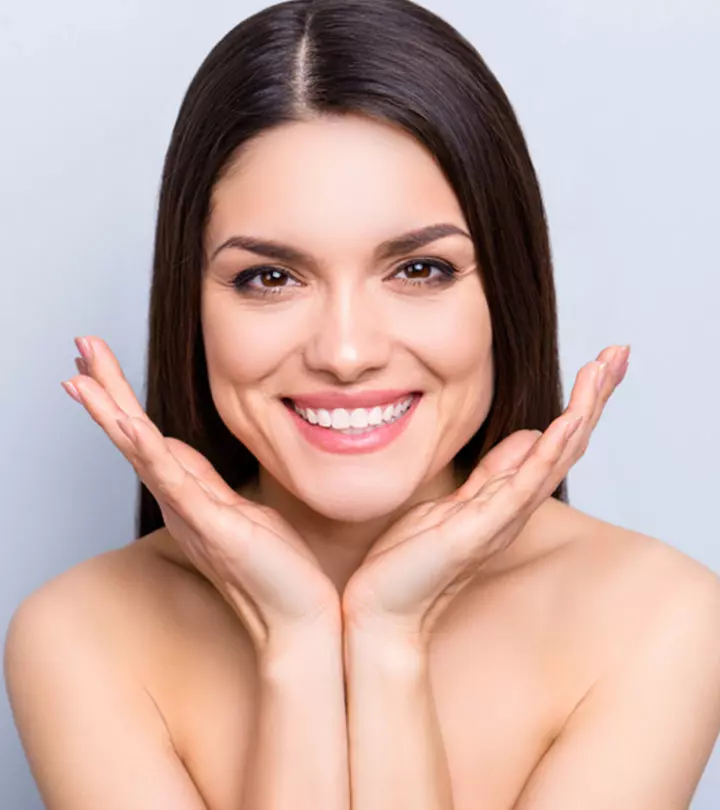
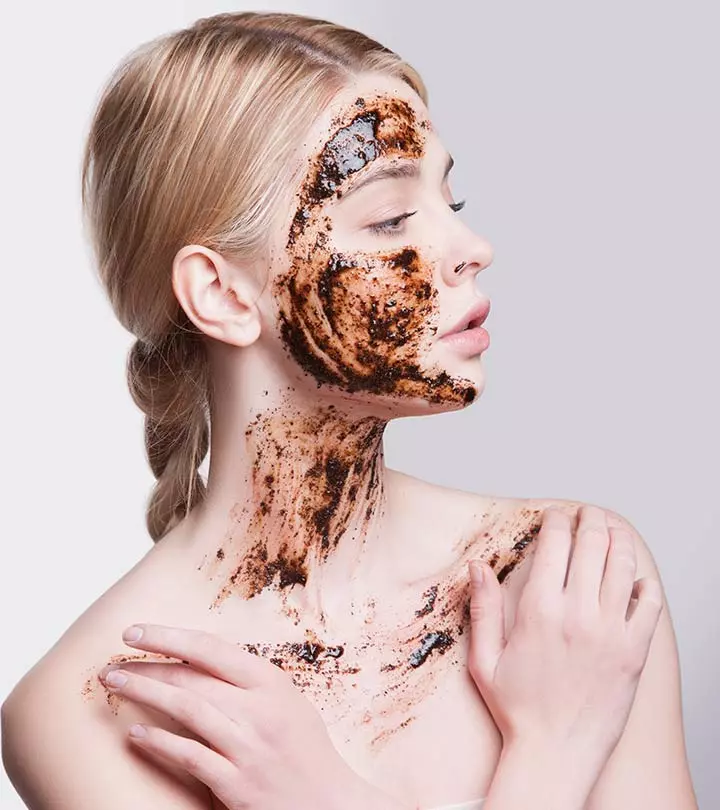


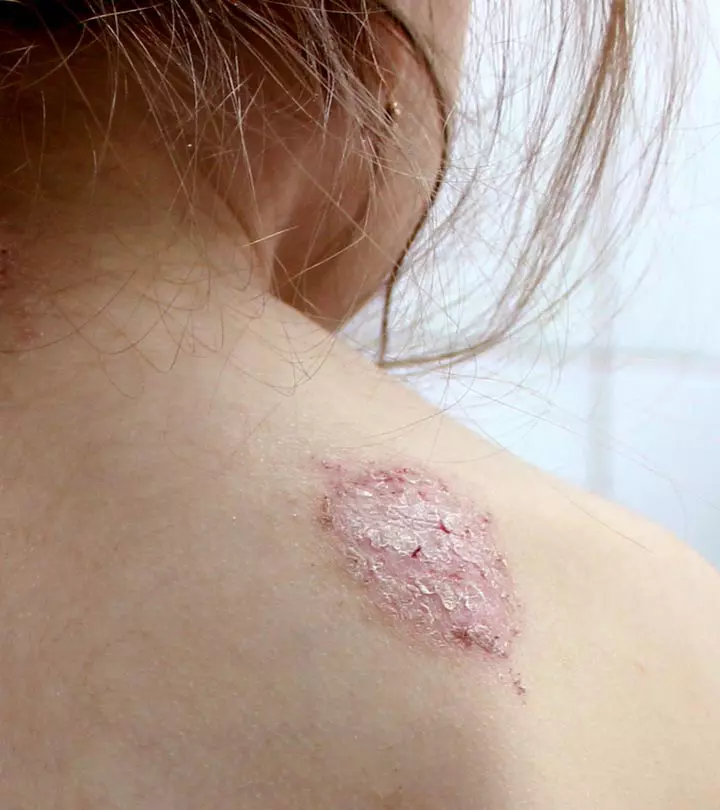
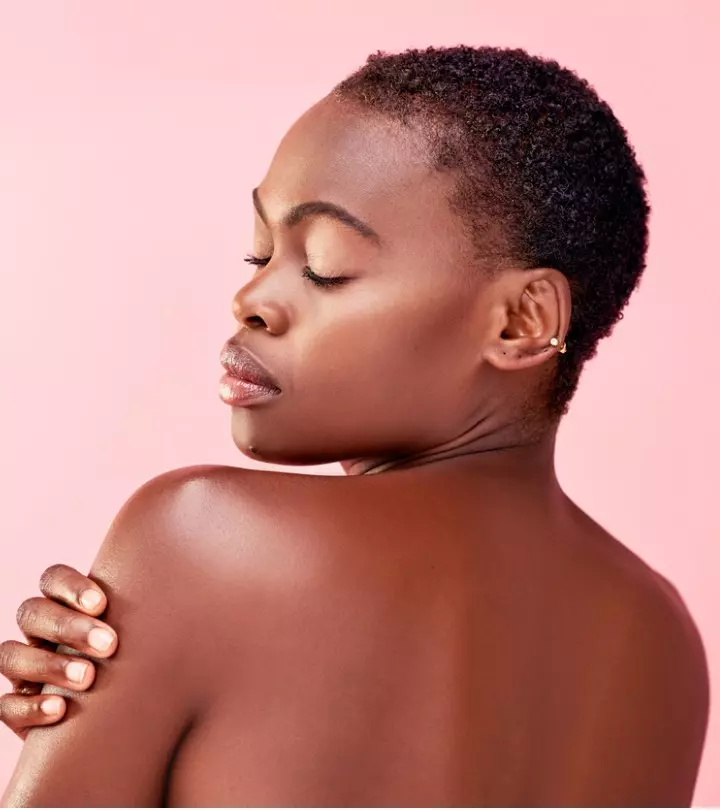
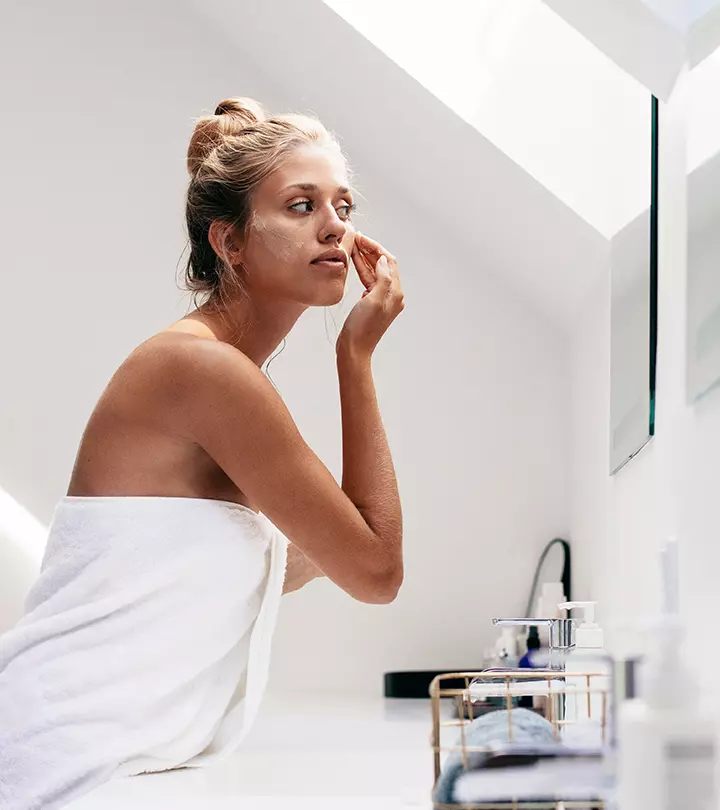

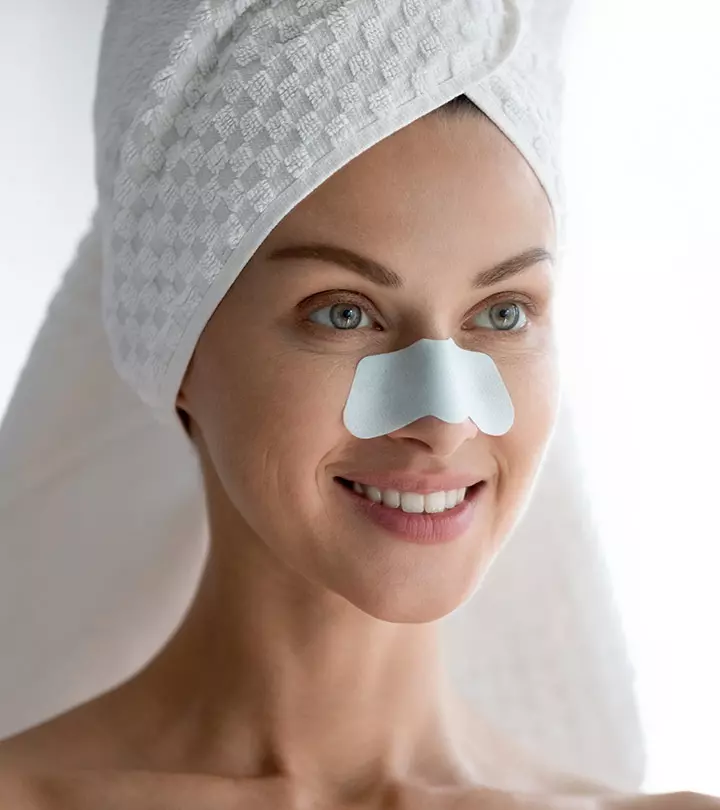

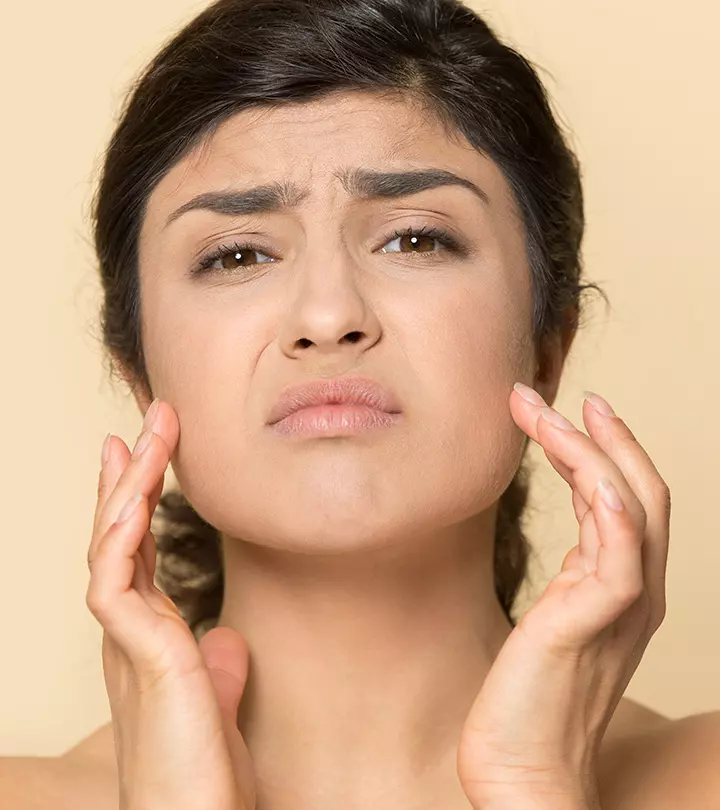

Community Experiences
Join the conversation and become a part of our empowering community! Share your stories, experiences, and insights to connect with other beauty, lifestyle, and health enthusiasts.